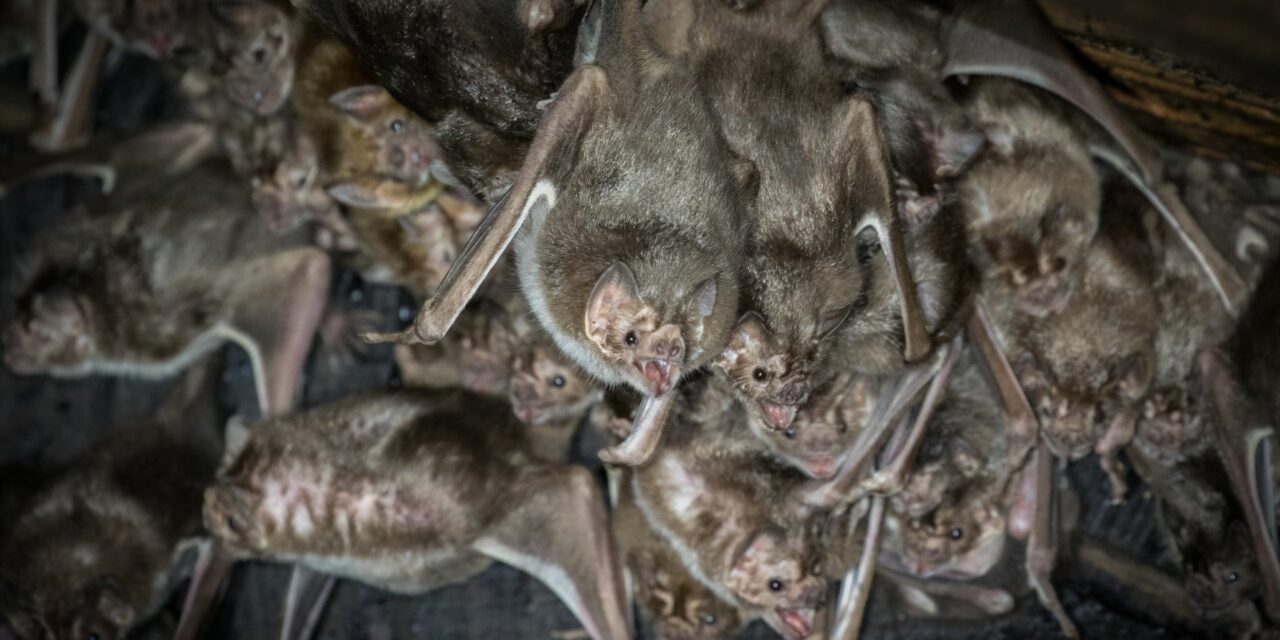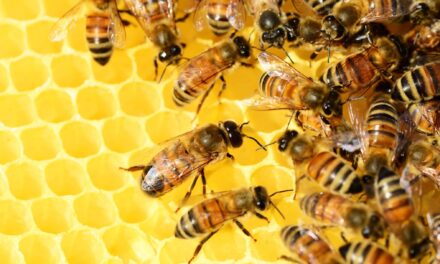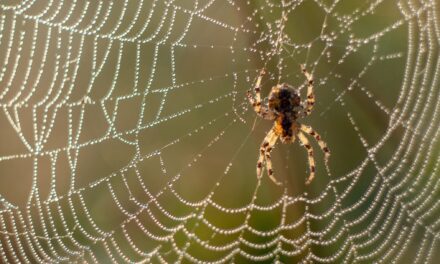Prepare to be fascinated as we unveil the mysterious secrets of vampire bats! In this captivating blog post, we will explore the incredible protein found in their saliva called “draculin.” Discover how this unique compound prevents blood from clotting, enabling these nocturnal creatures to enjoy their liquid meals without interruption. Get ready to sink your teeth into the intriguing world of vampire bat saliva!
Meet the Vampire Bat: Nature’s Bloodsucker
Did you know that vampire bats are the only mammals in the world that feed exclusively on blood? These fascinating creatures have evolved remarkable adaptations to survive on their unique diet. One of the most intriguing aspects is their saliva, which contains a protein known as draculin.
The Anti-Coagulant Wonder
Draculin, named after the famous vampire Count Dracula, is a protein found in the saliva of vampire bats (Desmodus rotundus). This remarkable compound possesses anti-coagulant properties, meaning it prevents blood from clotting. As a result, vampire bats can access a continuous supply of fresh blood from their prey.
How Draculin Works
When a vampire bat bites its prey, it uses its razor-sharp incisors to make a small incision. As it licks the wound, draculin is introduced into the bloodstream. The protein interacts with certain clotting factors, inhibiting their ability to form blood clots. This ensures that the blood remains in a fluid state, allowing the vampire bat to consume it easily.
The Potential of Draculin
Scientists are studying the properties of draculin for potential medical applications. Its ability to prevent blood clotting could be valuable in developing new anti-coagulant medications. By understanding the molecular mechanisms of draculin, researchers may uncover insights that could benefit human health.
An Evolutionary Marvel
Vampire bats have undergone remarkable evolutionary adaptations to thrive on their blood-based diet. In addition to draculin, they possess specialized teeth and an efficient digestive system that allows them to extract nutrients from blood. These adaptations showcase the incredible diversity of nature’s solutions for survival.
The Role of Vampire Bats
While vampire bats may have a reputation as creatures of the night, they play important roles in their ecosystems. As blood-feeders, they contribute to controlling the populations of their prey, which primarily includes livestock and birds. Understanding the biology and behavior of vampire bats is crucial for their conservation and coexistence with humans.
As we uncover the secrets of vampire bat saliva, we are reminded once again of the remarkable diversity and complexity of the natural world. The intricate adaptations and unique compounds found in vampire bats are a testament to the incredible ingenuity of evolution.
So, the next time you think of vampire bats, remember the incredible power of draculin in their saliva. Nature’s solutions are often as captivating as they are unexpected. The world of vampire bats invites us to embrace curiosity and appreciate the wonders that await us in the shadows.
Sharing is a great way to spread knowledge. If you found this article helpful, share it with your friends and give it a rating.
Thank you!










